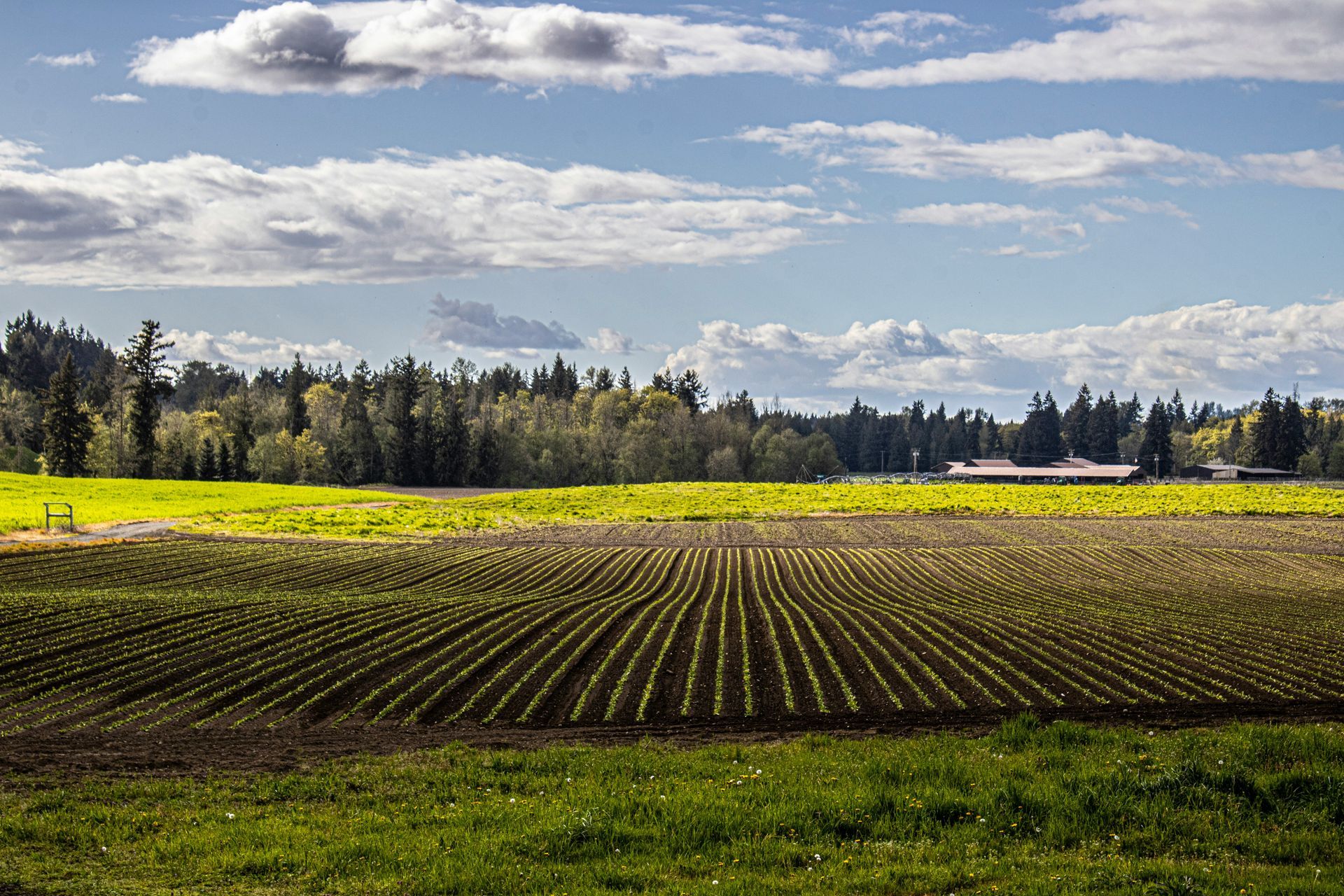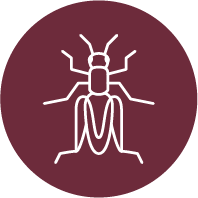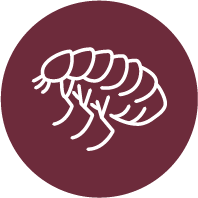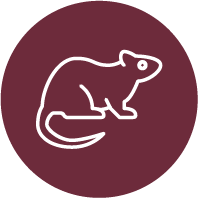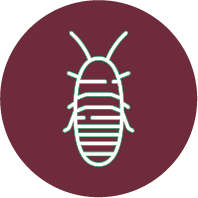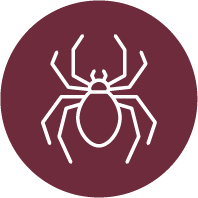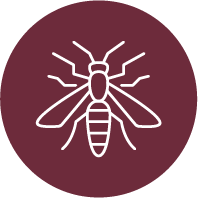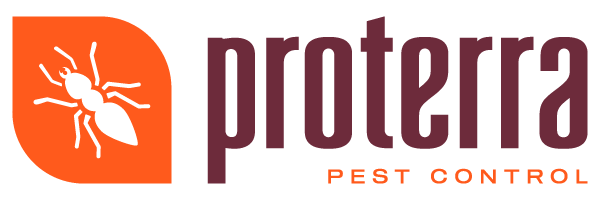Protecting Your Home from Moths: A Guide
Moths can be a troublesome pest in any home, causing damage to clothes, carpets, and stored food. Finding ways to protect your home from these pests without using harmful chemicals is important for both your health and the environment. By using eco-friendly solutions, you can effectively keep moths at bay while maintaining a safe and healthy living space. Simple, natural methods can help you prevent infestations and protect your belongings.
Understanding Household Moths
Household moths are a common nuisance, often unnoticed until they cause significant damage to clothes, food, and other materials. Identifying and understanding the types, behaviors, and life cycles of these moths are crucial steps in effective pest control.
Different Types of Common Household Moths and Their Identification
There are primarily two types of moths that invade homes: Clothes Moths and Pantry Moths. Clothes moths, such as the Case-Bearing Clothes Moth and the Common Clothes Moth, are small, dull, and often a pale golden color, avoiding light sources. In contrast, Pantry Moths, like the Indian Meal Moth, exhibit a distinct wing pattern with a reddish-brown hue. Spotting them requires vigilance, as they are often found near their food sources or resting on walls and ceilings.
Habitats and Behaviors of Household Moths
Household moths thrive in warm, undisturbed places where they can feed and reproduce. Clothes moths prefer the dark, cozy corners of closets, laying their eggs on natural fibers. Meanwhile, Pantry Moths are attracted to areas where food is stored, especially grains, nuts, and sweets. Understanding these habitats is key to identifying and controlling moth infestations.
The Lifecycle of Moths and Its Relevance to Infestation Control
The life cycle of household moths can be broken down into four stages: egg, larva, pupa, and adult. The duration of these stages can vary considerably, depending on environmental conditions like temperature and humidity. The larval stage, in particular, is responsible for most of the damage to household items, as larvae feed on food or fabric. Control measures are most effective when they address all stages of the moth's life cycle, preventing them from maturing and reproducing. Regular monitoring and early detection play critical roles in managing moth populations and preventing infestations.
Understanding the habits, types, and life cycles of household moths is essential for maintaining a moth-free home. Early identification and intervention can significantly reduce the damage and spread of these pests. In the following sections, we will explore the threats posed by moth infestations and introduce Proterra Pest Control's comprehensive, eco-friendly strategies for managing and preventing moth problems effectively.
The Threats Posed by Moth Infestations
Moth infestations in households are more than just a minor inconvenience; they pose several threats ranging from damage to personal belongings to potential health risks. Understanding the extent of these risks is crucial for homeowners to take timely and effective action.
Types of Damages Caused by Moths in Homes
Moths can cause extensive damage to clothing, food items, and other household belongings. Clothes moths target fabrics, particularly those made from natural fibers like wool, silk, and fur, leaving behind holes and ruining valuable items. Pantry moths, on the other hand, infest food products, contaminating them with their larvae, webbing, and excrement. Such damage not only leads to the wastage of food but also can attract other pests, compounding the problem.
Health Risks Associated with Moth Infestations
While moths themselves are not harmful to human health, the presence of moth larvae in food can create health risks. Consuming infested food can lead to gastrointestinal disturbances and allergic reactions in some individuals. The accumulation of moth scales and waste can trigger allergies and asthma in sensitive individuals, highlighting the importance of addressing infestations promptly.
Economic Impact Due to Damages on Clothing, Food, and Other Household Items
The economic impact of moth infestations should not be underestimated. The cost of replacing damaged clothing and food can quickly add up, not to mention the potential need for professional pest control services to eradicate the infestation completely. This makes prevention and early intervention key to avoiding significant financial losses.
Identifying Signs of Moth Infestations
Early detection is vital for controlling moth infestations effectively. Knowing what signs to look for can help homeowners take swift action to mitigate the damage.
Visible Signs of Moth Presence in the House
Visible signs include adult moths flying around the home, particularly around light sources. Moths are nocturnal, so seeing them during the day can indicate a large infestation. Finding moth larvae, which look like small, creamy-white caterpillars, in food containers or on clothing, is a direct sign of an infestation.
Symptoms of Moth Damage to Look for in Your Belongings
Irregular holes in clothing or fabric items, as well as webbing or cocoons in corners of closets or drawers, are clear indicators of clothes moths. For pantry moths, look for webbing inside food containers, clumps in grains, or larvae in or around food packages.
How to Spot the Early Stages of an Infestation to Prevent Widespread Damage
Regularly inspecting closets and pantries for signs of moths can help catch an infestation in its early stages. Keeping a close eye on seldom-used items and stored foods, checking for larvae or damage, and implementing preventive measures can significantly reduce the likelihood of moth-induced damage.
By understanding the threats posed by moth infestations and recognizing the early signs, homeowners can protect their belongings and maintain a healthy living environment. The next section will explore Proterra Pest Control's comprehensive strategies for managing and preventing these infestations, safeguarding your home against moths.
Proterra’s Eco-Friendly Approach to Moth Control
In the battle against household moths, Proterra Pest Control emerges as a beacon of hope. With an eco-friendly approach, Proterra addresses moth infestations at every stage of their lifecycle, ensuring your home remains safe and pest-free while minimizing environmental impact.
Overview of Proterra’s Methodology in Battling Moth Infestations
Proterra Pest Control utilizes integrated pest management (IPM) techniques tailored to control moth populations effectively. This methodology focuses on a combination of preventive measures, biological control agents, and when necessary, the cautious use of pesticides with minimal environmental footprint. By understanding the behavior, lifecycle, and ecology of moths, Proterra devises strategic plans that are both effective and sustainable.
Techniques Used to Manage and Prevent Moth Infestations at Every Stage of Their Lifecycle
Identifying and eliminating sources of infestation is at the core of Proterra's strategy. For pantry moths, this involves a thorough inspection and cleaning of the kitchen and pantry areas, ensuring all food items are stored in airtight containers and eliminating potential breeding grounds. In the case of clothes moths, Proterra focuses on regular cleaning of fabrics, the use of natural moth repellents like cedar, and careful monitoring of potential hotspots. Proterra employs biological control measures, introducing natural moth predators in certain cases, and advising on environmental modifications that deter moth activities. For severe infestations, eco-friendly pesticides are selected for their effectiveness while ensuring they pose minimal risk to humans, pets, and non-target species.
Safety Measures and Eco-Friendly Practices Utilized by Proterra Pest Control
Safety is a paramount concern for Proterra. The company adheres to stringent safety protocols, ensuring all treatment plans are safe for children, pets, and sensitive individuals. The use of eco-friendly products and techniques not only helps in controlling moth populations but also contributes to the overall well-being of the environment.
Preventing Future Moth Infestations
Prevention is key in the long-term control of moth infestations. Proterra educates homeowners on practices that reduce the likelihood of moth problems reoccurring. This includes advice on proper food storage, regular cleaning routines, using natural deterrents, and the importance of timely professional interventions. The importance of regular professional inspections and treatments cannot be overstated. Proterra offers ongoing pest management services to detect early signs of moth activity, preventing small problems from evolving into full-blown infestations.
Understanding Proterra Pest Control’s Commitment to Eco-Friendly Pest Management
Proterra’s commitment to eco-friendly pest management resonates through every aspect of their service. By prioritizing the health of the environment and the people within it, Proterra not only addresses the immediate concern of moth infestations but also advocates for sustainable practices that benefit homeowners and the broader environment.
Proterra Pest Control provides an efficient, eco-conscious solution to moth problems, embodying the perfect amalgamation of effectiveness and environmental stewardship. Through careful strategy, education, and sustainable practices, Proterra ensures that your home remains a haven, free of unwanted moth guests.
Ready to safeguard your home against moth infestations with an eco-friendly approach? Trust Proterra Pest Control to provide you with safe, effective, and sustainable solutions that protect your belongings and the environment.
